What Does A Plasterer Do?
Plasterers are highly skilled professional craftsmen who provide an essential service to the house building & construction industry. Plasterers smoothen or create decorative and protective coverings on internal walls and ceilings.
Table of contents
- What Makes A Good Plasterer?
- What’s It Like To Be A Plasterer?
- How Do Plasterers Do Their Job?
- What Type of Plaster Do Plasterers Use?
- Are There Different Types Of Plaster Finishes?
- How Should You Choose The Right Plasterer For Your Job?
- More about Top Gun Plastering
They may also apply render and finishes to external walls. Most new home builds and many renovation projects require a plasterer to give a room a fresh feel, repair damage or bring a space back to life.
Using different kinds of hand tools and trowels, they apply plaster on solid surfaces such as concrete blocks or brickwork. They might also fix plasterboard partitions or plaster to cover joins in drywall so as to create a smooth finish or a textured scratch-resistant finish.
The prime purpose of interior wall solid plastering is to obtain a hard and smooth surface that can be painted or provide excellent aesthetic appearances.
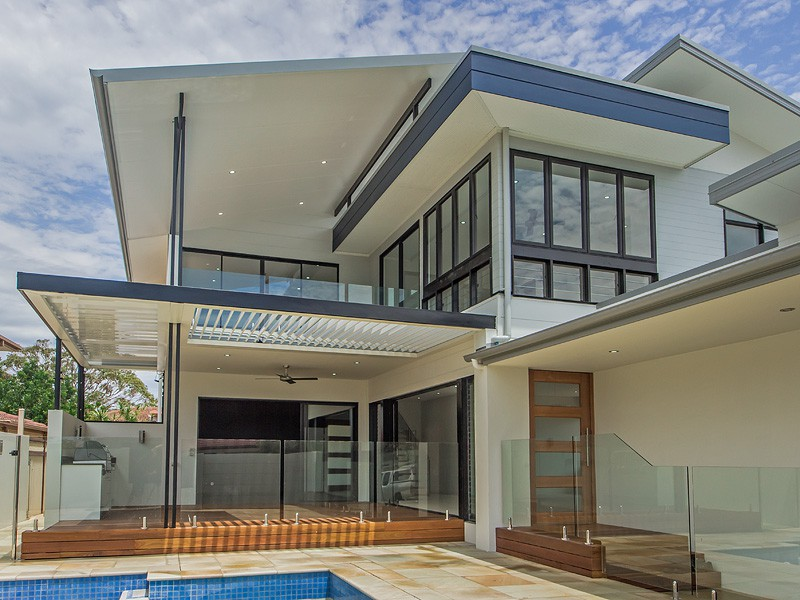
What Makes A Good Plasterer?
Plasterers like the team here at Top Gun Plastering have distinct personalities. They tend to be hardworking, realistic individuals who are well organised, pay attention to detail and are committed to delivering the highest workmanship and customer service standards.
As people, they are, according to the industry personnel measurements set by the Holland Codes – focused, which means they’re independent, stable, persistent, genuine, practical, and have the ability to stay calm in a stressful situation.
Typically, they prefer tactile, physical, athletic, or mechanical tasks. Some of them are also enterprising, meaning they’re adventurous, ambitious, assertive, extroverted, energetic, enthusiastic, confident, and optimistic, but at the same time, they are happy to comply with the stringent quality control procedures that their industry requires.
What’s It Like To Be A Plasterer?
Like so many other construction trades, plasterers’ work can be a tough physical job that is extremely demanding. Typically they spend most of the day on their feet, either standing, bending, or stretching. They often work in dusty and dirty environments, which can lead to skin, eye, and lung irritation.
How Do Plasterers Do Their Job?
Before they can start a job like plastering ceiling surfaces or internal walls, plasterers need to make sure both the space and the surfaces are clean and that any screw or nail holes have been filled, plus they’ve used protective coverings on the floor and surrounding areas.
Then to do their job, plasterers hold the plaster – which is usually a heavy mixture of lime or gypsum, sand or cement and water in one hand using a plastering ‘hawk’ – which they hold close to the working area to reduce the risk of spillage while applying coats of the wet plaster on to the surface with the other hand.
The plasterers ‘Hawk’ is a simple square board made from wood, aluminium or polyurethane, with a handle on the bottom and is used to carry the mortar or the plaster from the mixing table to the wall or ceiling surface that’s being worked on.
Along with working on flat surfaces like ceilings or walls, plasterers will sometimes use moulds and a variety of troweling techniques to make decorative textures and ornamental plaster designs for interesting architectural effects, which require special skills and creativity.
For sound insulation, they may also install prefabricated exterior insulation systems or other plaster fittings over existing walls.
Plasterers might also work off ladders or scaffolding to apply decorative designs or create ceiling centres, and although the work tends not to be inherently dangerous, muscle strain from lifting heavy plaster and stucco are some of the most common injuries they are likely to suffer.
What Type of Plaster Do Plasterers Use?
The types of plaster that plasterers use varies from job to job, depending on the surface of the wall or ceiling that is scheduled to be plastered. For example, rough and solid surfaces like blocks or bricks are going to require a different plaster mix than, say, drywall. But typically, most plasterers use one of three types of plaster.
Lime Plaster
The lime mixture consists of sand and lime mixed with one sand to three lime by volume. Lime plaster is often used for ancient structure restoration and rehabilitation.
Cement Plaster
Grey powder Portland cement is mixed with water by the ratio of 1 cement to 3 or 4 clean washed sand by volume and is used as an undercoat for hard backgrounds, such as bricks, block walls and partitions.
Gypsum Plaster
Gypsum plaster is probably the most commonly used plaster material that could be mined naturally or produced as a by-product. So, gypsum is important as a plaster that gets used for a variety of finishes, including both as an undercoat and a finishing coat, and has replaced lime and cement.
Are There Different Types Of Plaster Finishes?
Highly skilled plasterers like those at Top Gun Plastering need to be able to work on a variety of different types of building jobs and are often required to create different finishes and looks. For example,
Smooth-Cast Finish
A smooth cast finish is ideal for interior walls and ceilings and is perfect for painting.
Pebble Dash
Pebble Dash finish is a mixture of cement and sand with tiny pebbles pushed into it and is typically used for exterior walls.
Rough Cast Finish
Roughcast plaster finish is usually the preferred finish for covering concrete or clay blocks that are not that pleasing in their appearance.
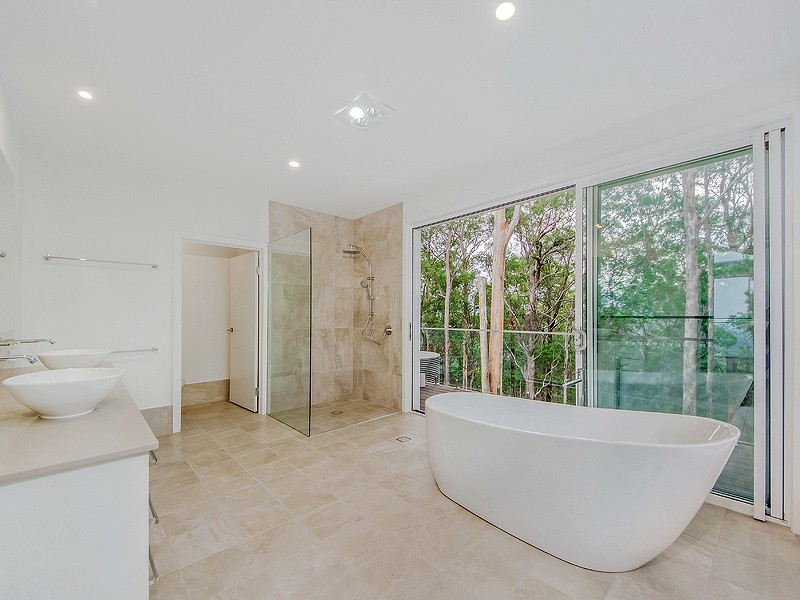
How Should You Choose The Right Plasterer For Your Job?
When it comes to choosing the right plastering company for your job, there are several questions you need to ask yourself before you go ahead and hire them, and these should include;
Are they highly experienced, have all the right formal qualifications and can carry out different types of plastering work?
Have they been trained to comply with the latest Occupational Health and Safety regulations?
Do they deliver the highest standards of workmanship and customer service?
Will they carry out high levels of preparation and only use the best materials for the job?
Will they keep you fully informed of the project’s progress at every stage and ensure all your requirements are met?
High-Quality Work and Excellent Customer Service
If the answer is yes to all of these questions. Then it’s more than likely that you have been speaking to either Kyle or James at Top Gun Plastering. Known for their high-quality work and excellent customer service qualities throughout the Gold Coast and Brisbane.
Top Gun Plastering has been taking care of all interior plastering needs of some of the largest builders in South East Queensland and Northern NSW since 2009.
More about Top Gun Plastering
To learn more about Top Gun Plastering and the comprehensive range of plastering services and skills they offer to both domestic customers, home builders and the general construction industry, visit www.plasterersgoldcoast.net.au or call Kyle on 0402 621 023 or James on 0415 397 830 or drop them an email at topgunplastering@gmail.com for an obligation free quote.


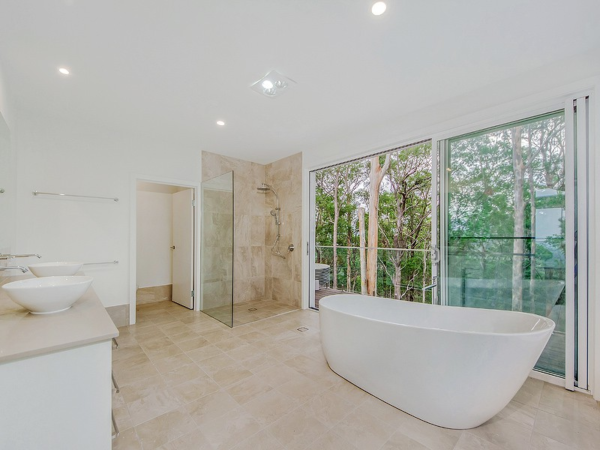
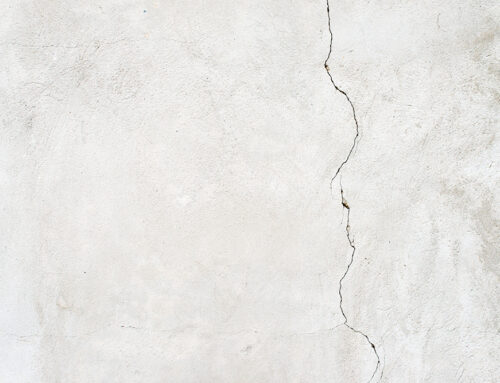
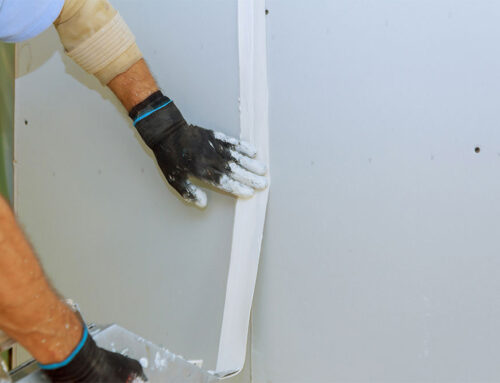
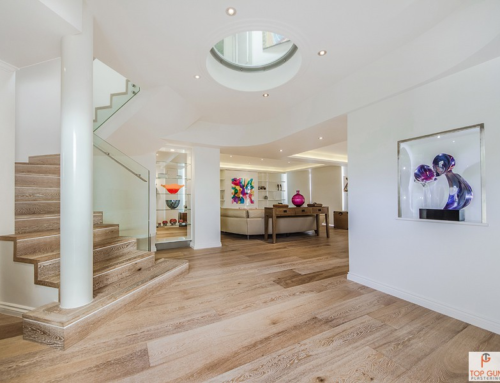
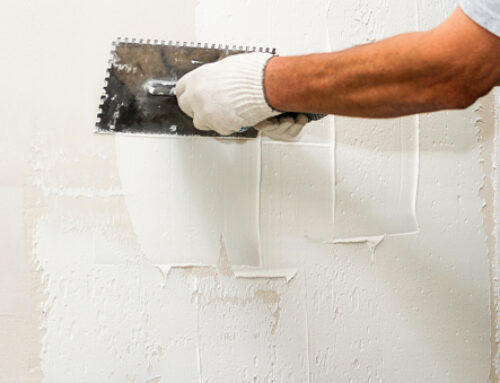
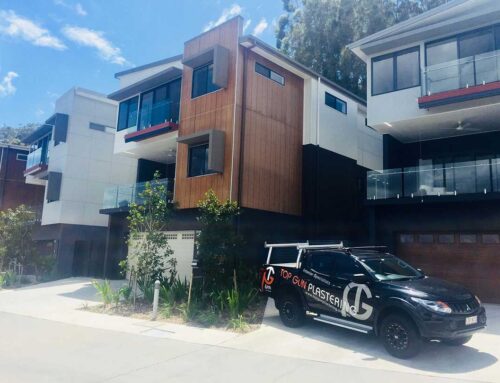
Recent Comments